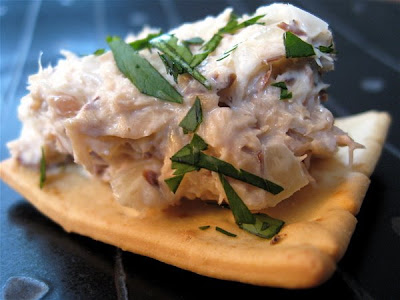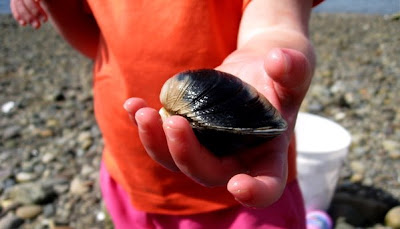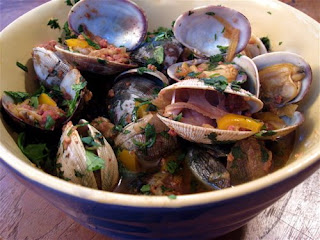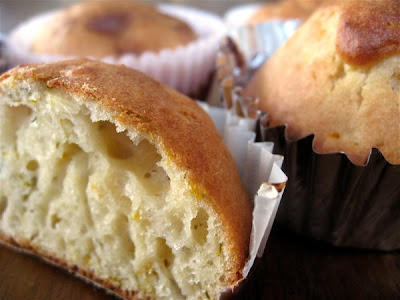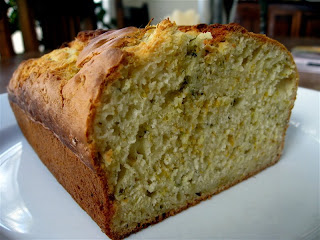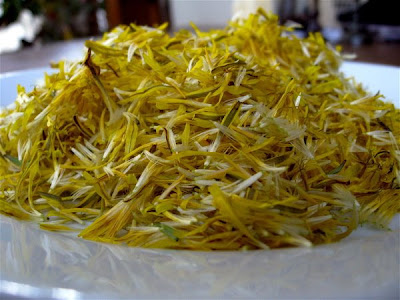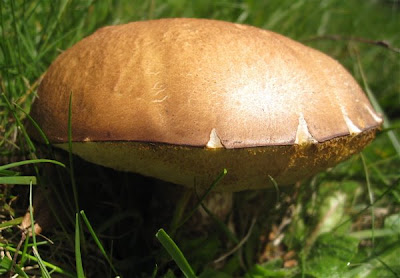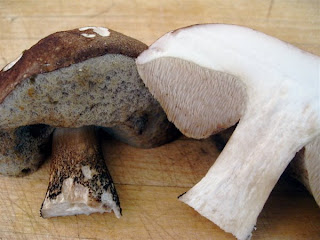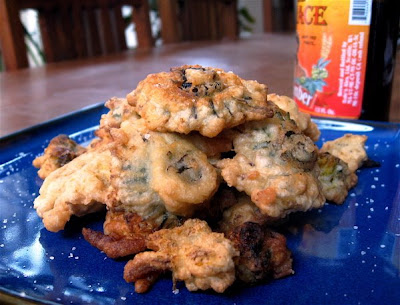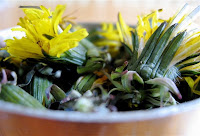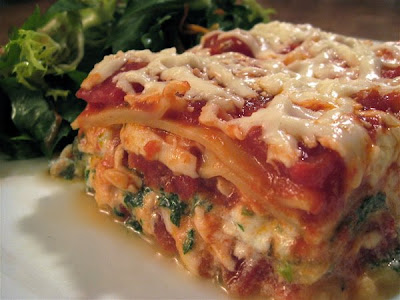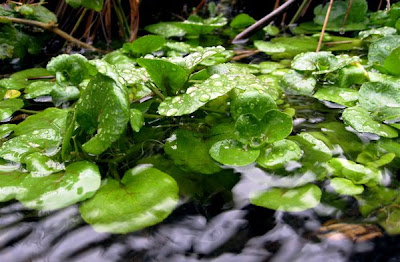MUSHROOMS ARE COMFORT food—and what’s more comfortable than meatloaf goosed with mushrooms? We use our frozen stash of chanterelles for this recipe. A 12-oz packet of last fall’s haul adds a woodsy, even fruity note to the ‘loaf that you just can’t get from supermarket buttons. And the great thing about meatloaf for dinner? You’ve got unbeatable sammies for lunch the next day.
1 large onion, finely chopped
1 tbsp garlic, minced
1 tbsp olive oil
1 medium carrot, diced
1 lb fresh chanterelle mushrooms (or 1/2 lb of previously cooked and frozen), chopped
1 tsp salt
1/2 tsp black pepper
2 tsp Worcestershire sauce
1/3 cup fresh parsley, finely chopped
5 tbsp tablespoon ketchup
1 cup fine fresh bread crumbs (two bread slices)
1/3 cup milk
2 eggs, lightly beaten
1 lb ground turkey
Saute onion and garlic over moderate heat, stirring, until onion is softened, about 2 minutes. Add carrot and cook, stirring, until softened, about 3 minutes. Add mushrooms, salt, and pepper and cook, stirring occasionally, until liquid mushrooms give off is evaporated and they are very tender, 10 to 15 minutes. Stir in Worcestershire sauce, parsley, and 3 tablespoons ketchup, then transfer vegetables to a large bowl and cool.
Stir together bread crumbs and milk in a small bowl and let stand 5 minutes. Stir in eggs, then add to vegetables. Add turkey to vegetable mixture and mix well with your hands. Mixture will be very moist. [We use Diestel ground turkey, which comes in convenient 1-lb cylinders that can be easily frozen.]
Form into 9- by 5-inch oval loaf in a lightly oiled baking pan and brush meatloaf evenly with remaining 2 tablespoons of ketchup. Bake until meatloaf interior registers 170°F, 50 to 55 minutes.
Let meatloaf stand 5 minutes before serving.

